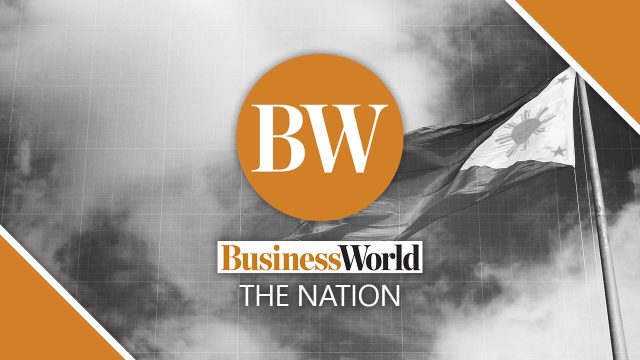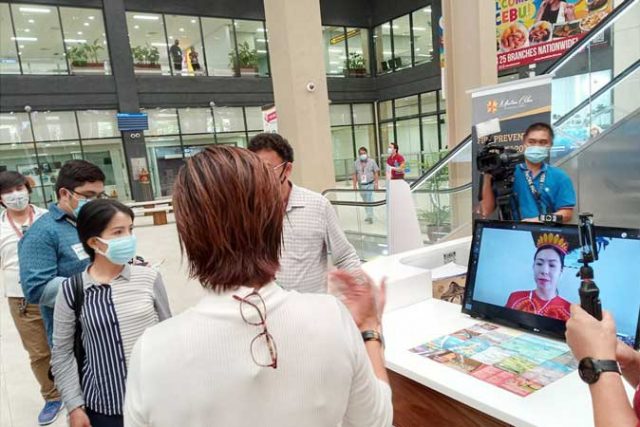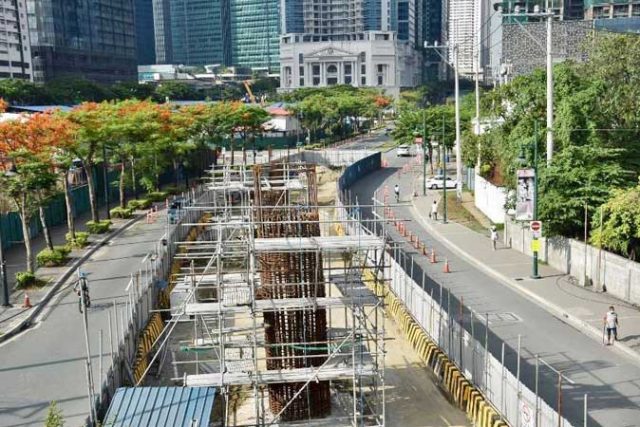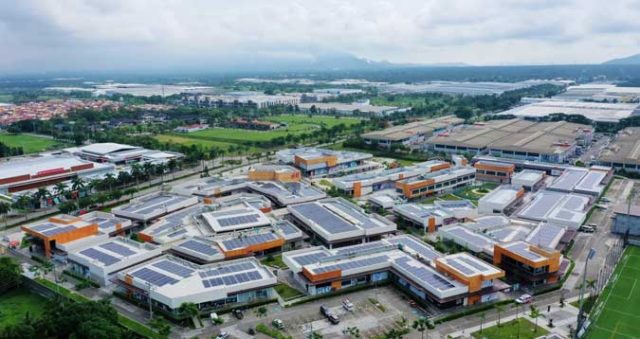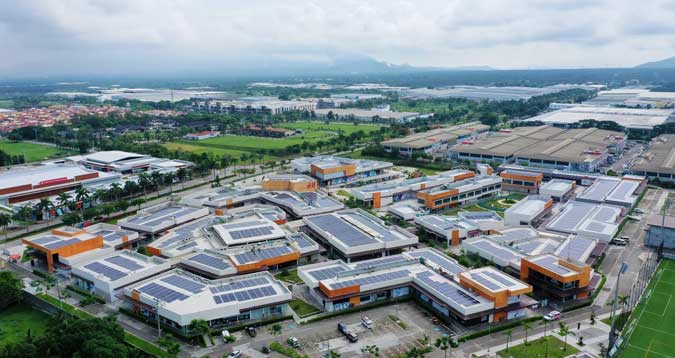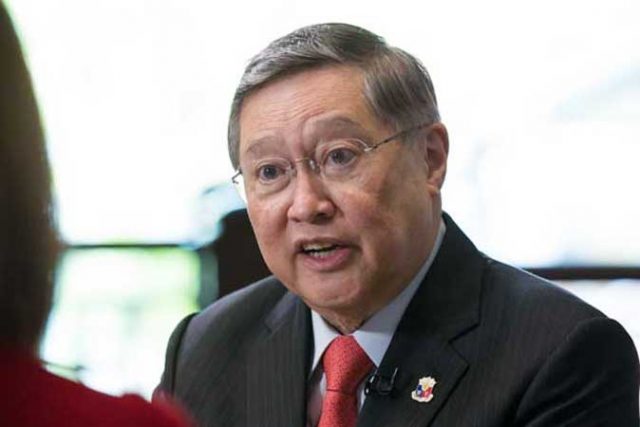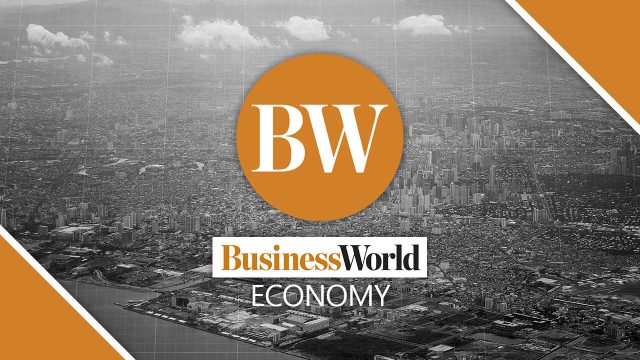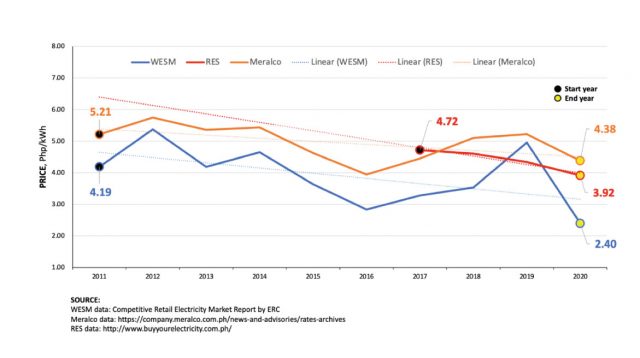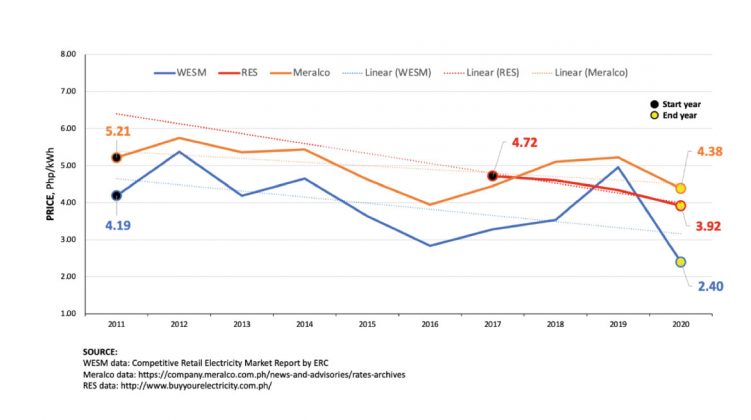From May 31 to June 1, thin power reserves resulted in the National Grid Corporation of the Philippines (NGCP) raising yellow and red alerts and hours-long rotational brownouts in some parts of Luzon. Understandably, this episode drew indignation from consumers and sharp criticism from pundits and politicians.
To me, this very much feels like déjà vu. On Jan. 27, 2014, I wrote an article (“The way forward for the power industry,” https://www.bworldonline.com/content.php?section=Opinion&title=The-way-forward-for-the-power-industry&id=82546) on the then price spikes and the hearings and investigations that ensued. Much like in 2014, the initial reaction and resulting discourse centered around short-cut solutions due to an oversimplified understanding of what is a difficult-to-understand industry. Much of the criticism was directed towards the Electric Power Industry Reform Act (EPIRA), which is the law passed in 2001 to reform the electricity industry.
I said then that a fair appraisal of EPIRA could be captured in the common idiom “so far, so good.” Seven years later, I would now submit that EPIRA, “like fine wine, has grown better with age.”
When discussing EPIRA, it is always important to start from the beginning. EPIRA was created to address long-term structural weaknesses in our power system that accumulated over time and resulted in crippling brownouts in the 1990s and a ballooning debt burden for the government. It was likewise meant to introduce competition to bring down power rates, give consumers more choice, and attract long-term private capital.
In 2014, I explained that EPIRA had advanced in the privatization of 80% of government assets. I mentioned that it had progressed, albeit at a slower pace than envisioned, in market formation with the Wholesale Electricity Spot Market (WESM) and Retail Competition and Open Access (RCOA), which has given businesses, and soon individual consumers, the choice of where they source their power and the ability to get better rates.
Since then, EPIRA has recorded more wins. From 2011 to 2020, we have seen a decline in the prices of electricity in most major markets. In this time period, WESM prices have fallen by 43%, Meralco generation rates by 16%, and RCOA (from 2017 only) by 17%.
We have seen the entry of new generation companies (gencos). The sale of assets to the private sector yielded the government P911 billion that reduced the obligations of the Power Sector Assets and Liabilities Management Corp. (PSALM), and, more importantly, unburdened the government from spending to build new plants to keep up with growing demand.
Now, you may wonder, if EPIRA has been mostly a success, why are we still experiencing rotational brownouts? Surely this is not evidence of success. To be clear, EPIRA as a law laid the legal foundation for a sustainable and competitive electricity sector, but like any law, it is only effective if we implement it properly, if market participants play by the rules, and if our regulators enforce the rules effectively.
By most measures, the implementation of EPIRA has been incomplete and slow. A clear example of this is the RCOA Market. It was intended to provide all consumers with the power to choose their power supplier not later than three years after EPIRA enactment, but the implementation started only in 2013. Today, 17 years have elapsed and we have only partially implemented it.
EPIRA’s implementation requires the private sector to carry a greater role in the mission of powering the country. On this front, we have seen a number of shortcomings. First, while we see significant growth in the generation side of the industry (capacity increased from 15 GWs in 2003 to 26 GWs in end-2020), we still experience gaps in power supply. This is primarily because as a fast-growing economy, power demand is expanding at a pace that gencos are hard-pressed to keep up with. A contributing factor is that much of our existing generation fleet is old and thus given to breakdowns.
On the transmission side of the industry, we have seen bottlenecks in the construction of transmission lines. On average, transmission lines are three to four years delayed in their implementation. Without certainty in transmission, generators are unable to build new power plants. We have also seen that the transmission line operator has not fully contracted firm power reserves. Where the system operator’s role is to procure reserves, much like procuring a genset for your home, to call on in a time of power crisis, it has not procured sufficient firm reserves and so is unable to faithfully perform its role as an emergency backstop.
Finally, our regulators play an important role in seeing to it that the rules are properly enforced. On this front, I can only describe our regulator’s approach as schizophrenic, where they have tended to over-regulate the competitive part of the industry and under-regulate the regulated part of the industry.
EPIRA designed the power generation side to be competitive, and allow competition to yield lower prices and higher reliability. There are rules in place, including market power restrictions, to keep any one player from unfairly prejudicing the consumer. Unfortunately, since then, the regulators have churned out regulation after regulation to curb the activities of generators. Each regulation is designed with the consumer in mind, but, as with many regulations and laws, they often carry unintended consequences that distort the behavior and incentives of market participants. When investors do not build new plants or do so slowly because the business environment has been riddled with regulatory uncertainty and risks, end consumers and our entire economy lose.
On the other hand, the regulators have fallen short in its responsibility to enforce the rules over NGCP, which has the monopoly over the transmission lines in the country. NGCP over the past 10 years has been non-compliant with the rules that require it to build transmission line infrastructure to ensure that we have the power when and where we need it, especially during times of power shortage. The non-compliances come in the form of a lack of transmission lines, a lack of redundancies in our network, a lack of power reserves, and not meeting the IPO requirement under the law.
The schizophrenic approach to regulation is also apparent in the approach to regulating the weighted average cost of capital (WACC) allowed different market participants. Where arguably the WACC used by regulators to regulate rates of competitive gencos should be higher than that of a monopoly, reflecting the higher risk environment, it is today the reverse. The monopoly (NGCP) earns a higher return in a market where it has no competitor.
Where do we go from here? If we want to avoid the power shortages that we just experienced, we need to first correct our regulatory approach. We have a strong legal and regulatory framework in EPIRA. Our regulators should focus on enforcing it rather than adding to it. More specifically, our regulators should focus on regulating the regulated business of transmission of power and consider simplifying the rules for gencos to allow the market to work, to de-risk the environment and to attract more long-term private capital.
In order to ensure that we have adequate reserves, the regulators should compel the Systems Operator to contract the full, firm reserve requirement. This can be done within 30 days, as there are genco offers today sitting on the desks at NGCP. This would ensure that we have the spare reserves the next time that the supply of power thins.
Lastly, we need to fast track the implementation of the transmission line network. A three to four-year year lag creates significant uncertainty and an imbalance in the market. Correcting this will de-risk the investment environment and will encourage the entry of more power capacity into the grid.
All in all, EPIRA has come a long way and has saved billions for consumers and taxpayers alike. Let’s focus our efforts on making it work.
The views and opinions in this article are those of the author and do not necessarily reflect the position of these Institutions.
Romeo L. Bernardo was Finance Undersecretary during the Cory Aquino and Fidel Ramos administrations. He is an Independent Director in a major publicly listed conglomerate active in the energy business and serves as a Trustee/Director in the Foundation for Economic Freedom, The Management Association of the Philippines and The Finex Foundation.
romeo.lopez.bernardo@gmail.com

